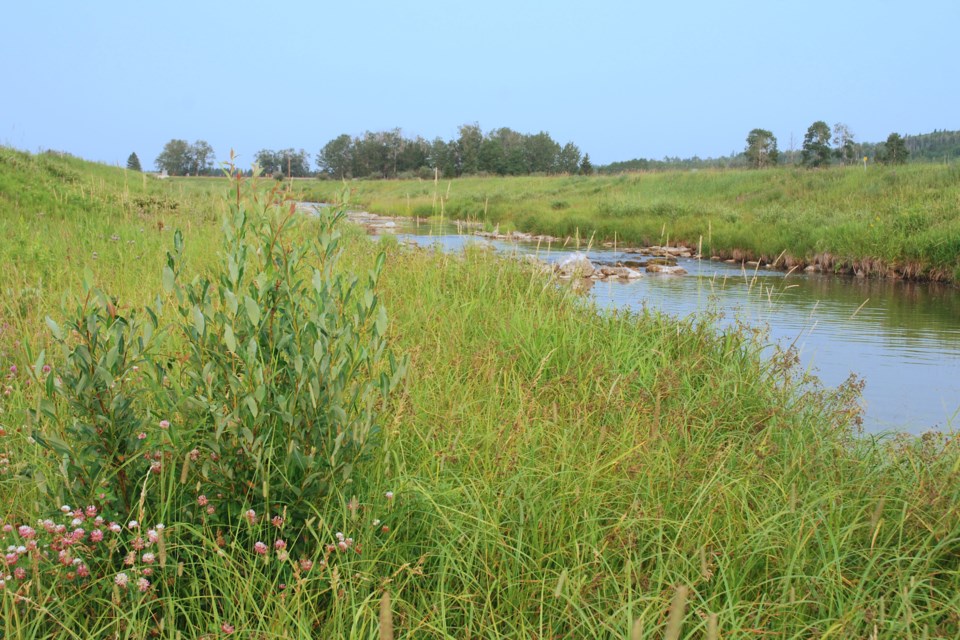MOUNTAIN VIEW COUNTY — Council received an update on the activities of the Red Deer River Watershed Alliance (RDRWA), including plans to map out and examine riparian or shoreline areas in the county.
Executive director Josee Methot appeared before council as a delegation on Feb. 24.
The alliance is a not-for-profit, multi-stakeholder organization that promotes water management within the 50,000 square kilometre Red Deer River watershed, including in Mountain View County (MVC).
There are more than 13,000 farmers and more than 300,000 people living on the watershed land base.
“A big part of our role as it relates to watershed management is thinking about how all the different sectors play nice in the sandbox, how we can connect upstream and downstream and work together in support of some of the water outcomes we care about. For example, water quantity and water quality, biodiversity, economic security,” Methot said.
“Increasingly with conversations that I am having with communities across central Alberta, I think people are recognizing that watersheds are at the heart of some of our most pressing development and economic challenges.
“So, the better we can embed water within decision making, I believe the better off we will be long-term, making sure that we are thinking about how water may influence our economy, our environment and local communities.”
The RDRWA is a designated watershed planning and advisory council, one of 11 in the province.
“As such, we have an official role in working with and advising key partners on matters related to the integrated management of land and water,” she said.
Working in the watershed since 2005, the alliance has four key responsibilities, she said.
“One of the things we do is we act as a forum and engage key sectors in support of watershed management, helping to have conversations about key issues and build trust, sometimes recognizing that these issues can be contentious and there is value in learning from one another,” she said.
The RDRWA also works on developing watershed management plans and develops educational programs as well, she said.
The alliance has recently developed an educational video series tackling key topics within the watershed, she said.
“Increasingly, we know community members don’t like to read long reports. So, we are trying to find new ways to engage people in these conversations,” she said.
“We interviewed farmers and ranchers and municipal officials and scientists about the big picture of our watershed,” she said.
Other videos have been developed tacking issues such as gravel bed rivers, climate change, stream flows and municipal planning.
“These can be useful resources when engaging staff or community members on these topics,” she said.
The videos can be viewed on YouTube by looking up Red Deer River Watershed Alliance.
RDRWA released an integrated watershed management plan in 2016, which includes recommendations directed at various sectors to maintain and improve water quality.
“We will actually be initiating phase 2 of this planning process later this year,” she said. “Phase 2 will address both land use and water quantity considerations in the basin.”
Work is also underway to map the condition of riparian areas or shorelines in the watershed, including in Mountain View County, she said.
“Within watershed management, you can’t manage what you don’t measure,” she said. “We’ve had a major data gap in that we did not understand the overall condition of riparian areas adjacent to our streams and lakes.
“Riparian areas are really critical to things like water quality and flood mitigation and drought mitigation.”
Council accepted Methot’s presentation as information.



